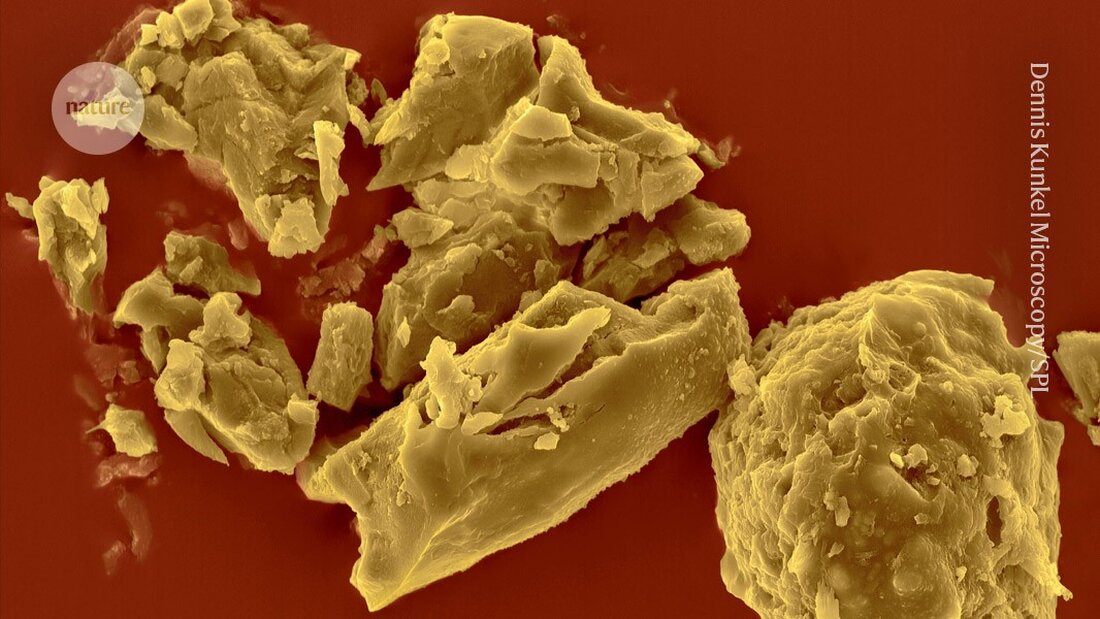Chemists discover 'impossible' molecules that break centuries-old bonding rules
Chemists have synthesized unstable molecules known as antibredt olefins for the first time. These break the 100-year-old Bredt rule and open up new approaches for the development of complex drugs.

Chemists discover 'impossible' molecules that break centuries-old bonding rules
Having it for the first time chemist created a class of molecules previously considered too unstable to exist and used them to create exotic compounds 1. Scientists say these notorious molecules, known as anti-Bredt olefins (ABOs), offer a new route to synthesizing challenging drug candidates.
The work is called a "groundbreaking contribution," says Craig Williams, a chemist at the University of Queensland in Brisbane, Australia. The results were published in the journal Science.
Organic molecules that carbon typically take specific forms that depend on the way the atoms are connected to each other. For example, olefins, also known as alkenes - hydrocarbons that are often used in reactions for the Drug development are used – one or more double bonds between two carbon atoms, which leads to an arrangement of the atoms in a plane.
The Bredt rule, which has been known for 100 years and was published in 1924 Organic chemist Julius Bredt, states that in small molecules consisting of two atoms sharing atoms, as is the case with some alkenes, double bonds cannot occur between two carbon atoms at the junction of the rings. This is because the bonds would force the molecule into a complicated, strained 3D shape that makes it highly reactive and unstable, says study co-author Neil Garg, a chemist at the University of California, Los Angeles. “Yet 100 years later, people would still say that such structures are forbidden or too unstable to build,” he says.
Although the rule is enshrined in chemistry books, it hasn't stopped researchers from trying to break it. Previous research suggested that it is possible to create ABOs that have a double bond between carbon atoms at the junction 2. However, attempts to synthesize them in their complete form were unsuccessful because the reaction conditions were too harsh, says Garg.
In the latest experiment, Garg and his colleagues treated a precompound with a source of fluoride to induce a milder "elimination reaction" that removes groups of atoms from molecules. This resulted in a molecule that had the characteristic ABO double bond. When the researchers added various trapping agents - chemicals that trap unstable molecules during the reaction - they were able to produce several complex compounds that could be isolated. This suggests that the reactions of ABOs with different trapping agents can be used to synthesize 3D molecules that are useful for designing new drugs, says Garg.
In contrast to typical alkenes, ABOs are chiral compounds - molecules that do not perfectly match their mirror image. Garg and his colleagues synthesized and captured an enantioenriched ABO, meaning they generated more of one mirror-image pair than the other. This result suggests that ABOs could be used as unconventional building blocks for enantioenriched compounds, which are widely used in pharmaceuticals.
Chuang-Chuang Li, a chemist at the Southern University of Science and Technology in Shenzhen, China, says this approach could be used to explore innovative synthetic routes for other challenging molecules, such as the chemotherapy drug paclitaxel (marketed as Taxol) - a complex, many-ring molecule that is difficult to produce in the laboratory. “It is a valuable and reliable method,” says Li.
Garg and his team are investigating further reactions with ABOs and exploring how other molecules with seemingly impossible structures can be synthesized. “We can think a little more creatively,” he says.
-
McDermott, L. et al. Science 386, eadq3519 (2024).
-
Chan, T. H. & Massuda, D. J. Am. Chem. Soc 99 (1977).

 Suche
Suche
 Mein Konto
Mein Konto
